West Bali National Park
West Bali National Park tour, highly recommended for those who seek tranquility, a visit to West Bali National Park promises a peaceful retreat!
How to get West Bali National Park?
West Bali National Park is a natural wonder located on the western tip of Bali, between Buleleng Regency and Jembrana Regency approx. 100 km from Ngurah Rai Airport and 30 minutes from Gilimanuk Harbor. From south Bali will take long journey, to make your journey to Taman Nasional Bali Barat, we suggest hire private car and driver so allowing you to depart at any time. During the trip, you will pass by famaous tourist destinations in Bali, providing opportunities to relax after a long journey or snap photos to capture memorable moments.
This national park covers an area of 77,000 Hectare, Inside the park there are thousands of fauna and flora and one of them is an endemic bird that is only found in the West Bali National Park, namely the White Starling Bird (Leucopsar rothschildi/Bali Mina) which is the bird icon of Bali, the island of the Gods.
The West Bali National Park is a popular destination for nature lovers who come to explore. As quoted by ITB Berlin, West Bali National Park is amongst the top 100 destinations worth and it is the only conservation area in Bali.
West Bali National Park is divided into two ecosystems, mainland, and marine ecosystems. Mainland ecosystems include savanna, mangrove forest, monsoon forest and rain forest. For the marine ecosystem, there are coral reefs, sandy beaches, shallow and deep sea waters.
West Bali National Park Animals , several types of fauna that can be found in the West Bali National Park such as: wild deer, Indian muntjac, Javan langurs (long tail black monkeys), wild boar, large flying fox, giant squirrels, giant lizards, gray monkeys (macaque) and 160 species of birds.
The park is divided into seven parts, each with its own unique features:
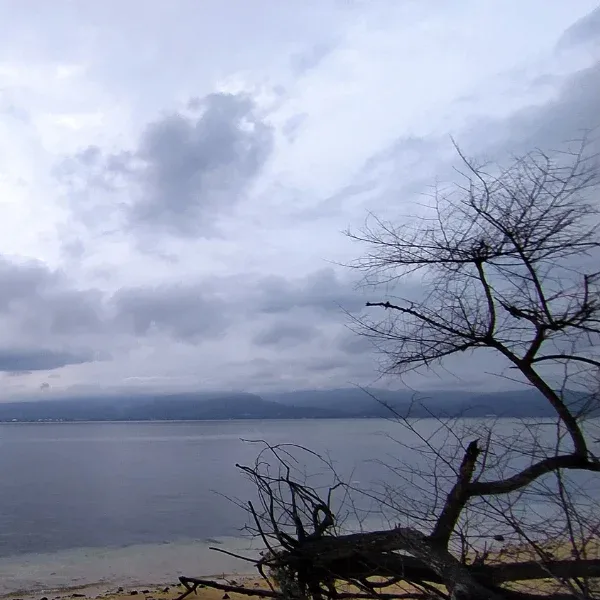
Prapat Agung Peninsula
Almost half of the West Bali National Park area is situated on the Prapat Agung Peninsula, which is divided into five points:
1. Tanjung Kotal
2. Brumbun Bay
3. Kelor Bay
4. Lampu Merah
5.Batu Licin.
The diverse ecosystems in this region include beaches, mangrove forests, savannas, and evergreen forests. It is no wonder that the West Bali National Park is home to various endemic species and hundreds of bird species. To explore this area, you can participate in the Trekking Savanna Brumbun Bay activity.
Tegal Bunder
Tegal Bunder is located in the heart of the West Bali National Park area and is easily accessible by car.
The area is dominated by mangrove and savanna forest, with some spots submerged in brackish water, creating marshes used as watering holes for wildlife. To experience this location, you can book a Safari tour activity.
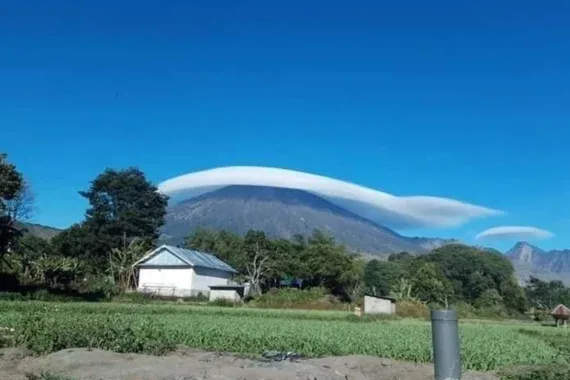

Cekik
The West Bali National Park office is situated in Cekik, Gilimanuk, making it easily accessible. The Karangsewu Savanna and Gilimanuk Bay, surrounded by mangrove forests, make this place a valuable educational tourist destination. Here, you can find dozens of mangrove species. To explore this location, you can book Mangrove tour Gilimanuk.
Menjangan Island
Menjangan Island is an unoccupied spanning 175 hectares, surrounded by coral reefs up to 40 meters deep.
With crystal clear water and beautiful marine life, Menjangan Island is the perfect spot for diving or snorkeling. To explore the underwater beauty of Menjangan, you can book snorkeling or scuba diving activities..
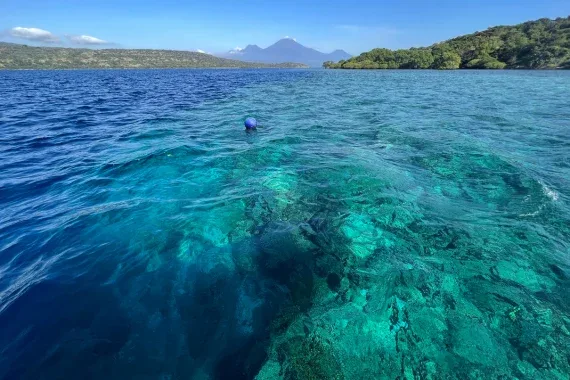
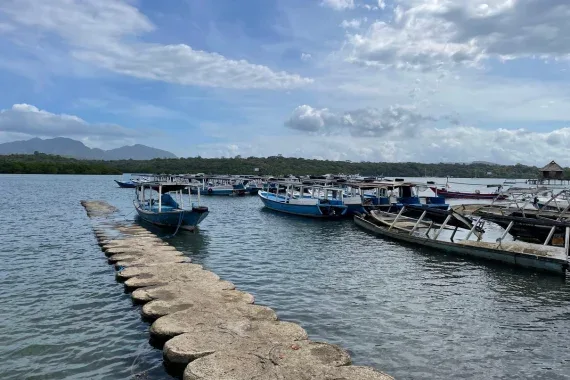
Banyuwedang
Located on the eastern border of the West Bali National Park, Banyuwedang features a vast sea with mangrove forests, making it a favorite habitat for water birds.
Additionally, grey monkeys inhabit the area, and natural hot springs known as Banyuwedang Hot Spring can be found here.
To explore Banyuwedang Bay, you can go kayaking or take the Mangrove Tour Banyuwedang.
Teluk Terima
Teluk Terima is sustained by a small river, creating diverse ecosystems, including mangrove forests and monsoon forests.
Mammal species found here include grey monkeys, long-tailed black monkeys, reptiles, kingfishers, and other bird species.
This easily accessible location is often visited, and you can engage in short trekking activities in West Bali.
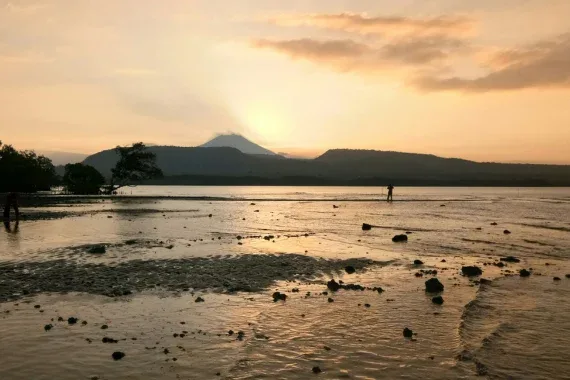
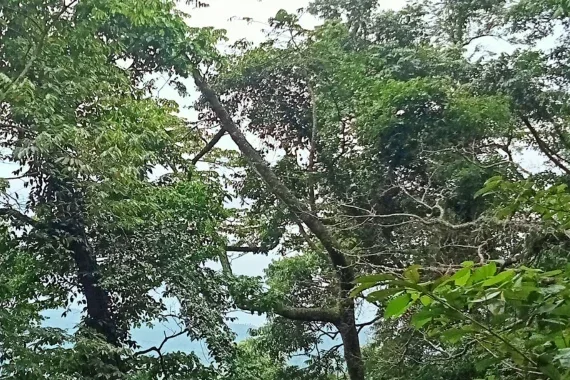
Klatakan
Klatakan consists of hills and small mountains, stretching from Jembrana Regency to Buleleng. It is home to large, preserved trees and small rivers. The region remains green even during the dry season.
Access to this location is only possible through long trekking activities.
West Bali National Pak entrance fee: Foreigner entrance fee to West Bali National Park is Rp200.000 on weekdays, while on the weekend ticket is Rp.300.000. Same entrance fee applies for children and adult. To point out, national park guests are not allowed to explore the area without a guide. And the entrance fee doesn’t include the guide fee as well as tickets for other activities.
You cannot visit West Bali National Park independently as it as part of the protected National Park, so you need to organise the trip with a company as a park ranger / West Bali National Park Guide needs to be with you an entrance fee to enter the island need to be paid.

Where to stay in west bali national park?
In the national park , there are 4 resorts standing on the area that offer a tranquil and nature-filled lodging experience. The closest area with access to the National Park is in Banyuwedang, where you can find several five-star hotels as well as backpacker rooms. For more details, you can click on the links below.
what to do in west bali national park
